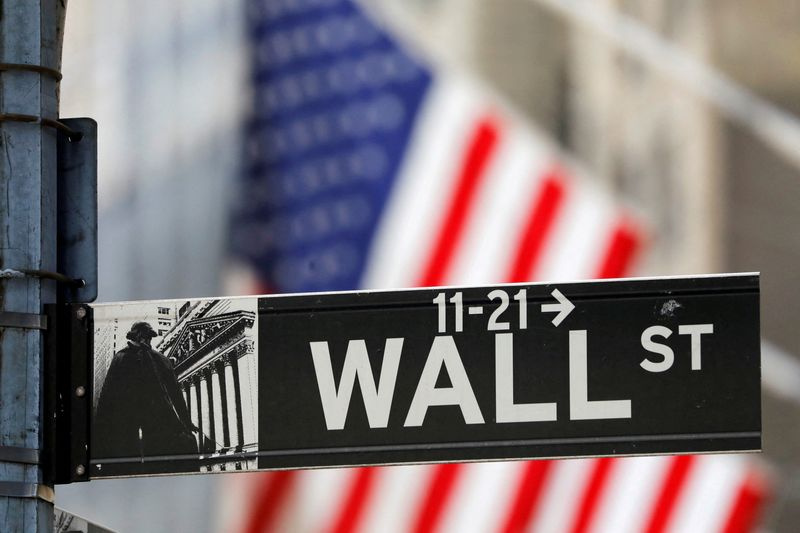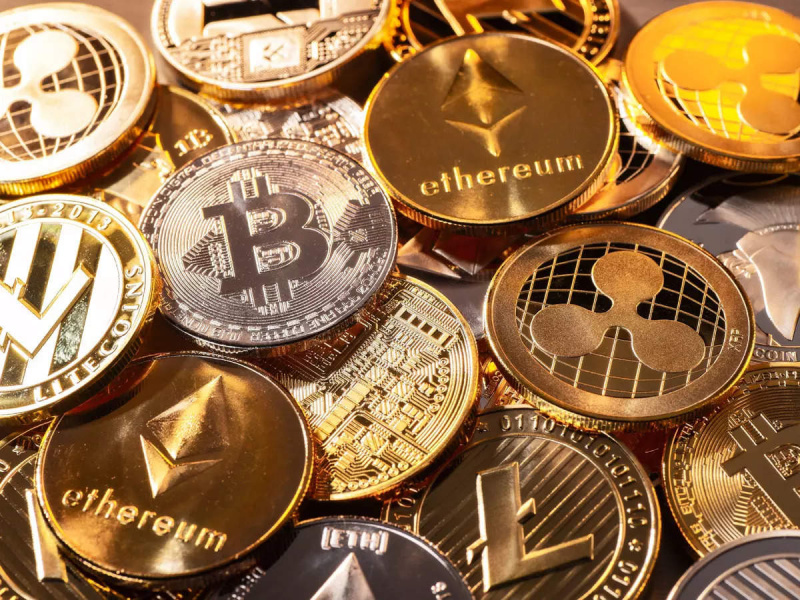Is Modi's Economy Getting Better?
However, all are not fine with the economy. Once-reliable public-sector banks are experiencing accusations of deception; their turned-obligation quantity is big
- by B2B Desk 2019-04-23 13:49:31
Prime Minister NarendraModi now ends up his four years in office on May 26. He’s utilized the time to provide India its major tax improvement, fixed a century-old insolvency law, revitalized hindered projects and obtained the World Bank to tell Asia’s No. 3 economy is the best place to run a business.
However, all are not fine with the economy. Once-reliable public-sector banks are experiencing accusations of deception; their turned-obligation quantity is bigger than ever, stockholders are putting Indian stocks and connections amid a powerful dollar and U.S. Treasury produces. Foreign through investment development seems soaking after hastening at a strong step in the preliminary three years under his lookout.
You Might Also Like To Read India At 72: How India Is Standing At The Cusp Of A Great Change
Modi’s Bharatiya Janata Party, which cleared to influence in 2014 encouraging challenging price growths, providing main concern to job formation, remove the possibility for exploitation and elevating the poor, has next year to provide. Thus far, the outcomes appear diversified on social as well as financial limits. Here’s a look at how the economy has managed under Modi:
Gross Domestic Product
Data presented India’s economy was thriving after Modi transformed the way GDP was estimated. An unexpected cash restriction in November 2016 battered those increases and the $2.3 trillion economies are estimated to develop at the sluggish pace in four years in the economic year finished March. Rural India, home to around 70 percent of the country’s inhabitants, was the nastiest knockout.
As Modi arrives his last year in office, green-shoots are being realized and India is self-confident to replace China as the world’s fastest rising economy.
Trade Shortfall
India’s adoration for gold and the thorn in crude oil charges has retained the country’s trade in shortfall and it’s expanded under the BJP-led government. In spite of frosty bonds with China, India’s imports from there have increased and the breach has overfed. India turns a trade excess with the U.S. but that’s funded to receiving the country on the U.S. Treasury’s watch-list for fiscal exploiters.
Existing Account Shortfall
India has been operating an existing account deficit. As Modi’s rules assisted win record foreign direct investments, the economy approached close to recording an extra for the first time over a decade, but the breach has initiated broadening again on twisted trade, also bringing it more susceptible to growing profits in the U.S. Modi wants to appeal more dollars as India’s foreign funds can provide it a cover of only 10 months.
Financial Shortfall
The slide track on the financial shortfall assisted Modi to fetch it down to a 10-year low and win a score promotion from Moody’s Stockholders Service. Crude oil prices, which mostly assisted keep his government’s finances in check in the initial years, could play spoilsport. India’s budget deficit is still one of the extensions in Asia and Modi’s experiment is to constrict it further among pressures to increase spending ahead of nationwide elections in 2019.
The Modi government’s former full-year budget declared in February, assured to spend more on healthcare and to lift farmers’ earnings, but these offers are lacking in execution details and continue a risk to the budget breach.
Rise & Interest Rates
Retail prices under Modi mostly continued gently in the last two years, thank you to reasonable oil prices and a good amount of rainfall. On the other hand, buyer price rise increased past the central bank aim in November and faces benefit risks from oil and the government’s expansionary strategies.
The Modi management encouraged lower interest rates to initiate the budget after the 2016 cash ban-persuaded go-slow and as firms found themselves encumbered with debt. The central bank hasn’t elevated interest rates in the previous four years -- a time that saw the rate-setting board acquire being and the RBI becoming an increase-directing central bank. The up-to-date opportunity of proceedings has made the RBI aggressive and more economists suppose a growth in interest rates as initial as June.
But Certain Promises Remain Unfulfilled
Though, in spite of these prominent successes, the government has also been incapable to work on a number of fundamental transformations that it had undertaken. Even though the government had pledged a bigger ratification and digitization of the economy, the transfer to demonetize 86 percent of India’s currency has seen almost all of demonetized notes profit to the RBI as cash remains to control India’s contacts. In addition, non-performing possessions have continued a top priority for India’s economy; they have developed from Rs 2.52 lakh crore in March 2014 to Rs 9.62 lakh crore as of March 2018. In dollars, non-performance assets structure over $150 billion, of which almost 90 percent is apprehended by public sector banks.
On the other hand, topmost among the government’s exasperated improvements are those associated to work and land gaining. The BJP jagged to India’s prevailing land and labor laws as inhibiting economic growth, investment, and growth in India, but has been incapable of progress lawmaking to ratify essential improvements in these segments.
POPULAR POSTS
Microsoft is set to invest $1.5 billion in the Emirati AI company G4
by B2B Desk, 2024-04-16 09:11:46
Top 5 Best Technical Analysis Tools For Stock Market
by B2B Desk, 2024-04-10 08:52:28
Which investment is 100% tax-free: 3 tax-saving investment options for tax-free income
by B2B Desk, 2024-03-20 10:24:31
How to use Systematic transfer plans (STPs) for maximum returns
by Gaurav Grover, 2023-10-10 05:55:12
ICC World Cup 2023: Experts recommend these stocks to buy today. Should you buy?
by B2B Desk, 2023-10-06 08:43:51
World Financial Planning Day 2023: Five tips to become a crorepati
by B2B Desk, 2023-10-04 07:29:39
Where to invest: Here are top 10 investment options to choose from
by B2B Desk, 2023-08-25 10:33:13
RECENTLY PUBLISHED

Nestle's potential regulatory trouble in India over sugar issue; brand clarifies
- by B2B Desk, 2024-04-19 08:53:55

"Ola, Uber challenger Namma Yatri is in discussions to raise $10-15 million in its debut funding round."
- by B2B Desk, 2024-04-18 09:31:53

Ibotta, supported by Walmart, aims for a valuation of up to $2.7 billion in its upcoming US IPO
- by B2B Desk, 2024-04-18 08:52:37

Beginner's Guide: Getting Started with Stock Market Investing, Step by Step
- by B2B Desk, 2024-04-18 07:36:20




 Subscribe now
Subscribe now 